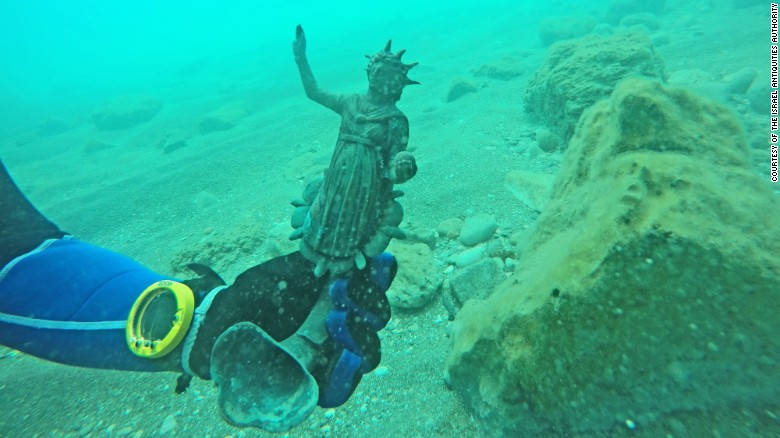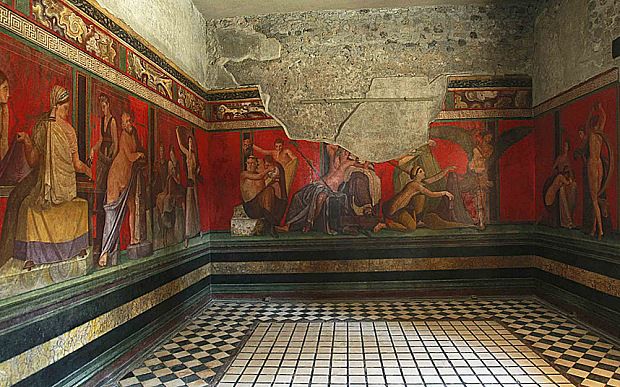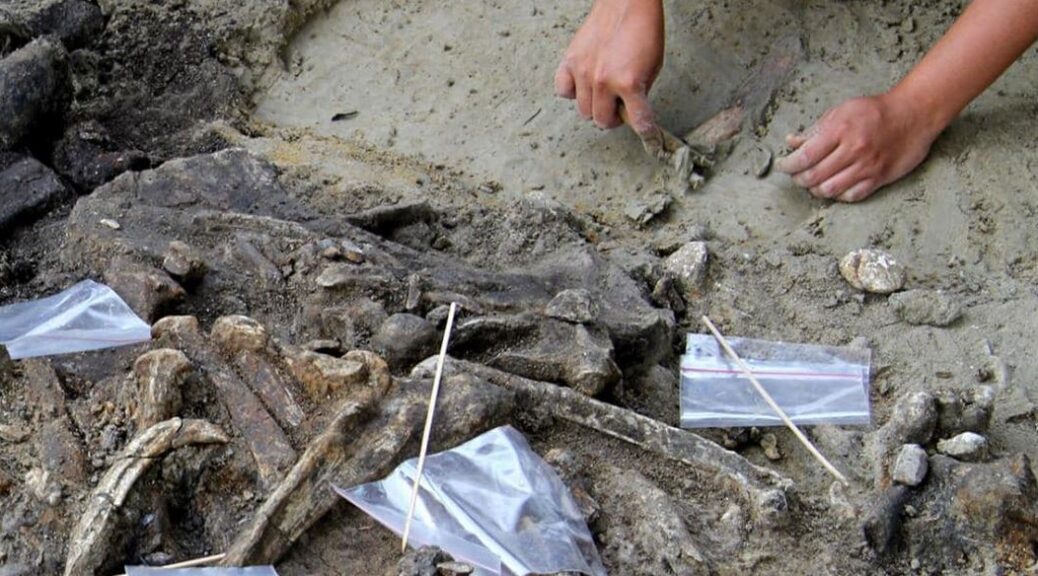Older than Giza: 4,600-year-old pyramid uncovered in Egypt
Researchers working near the 4,600-year-old pyramid uncovered at Tell Edfu in Egypt. Archaeologists working near Edfu, a city in southern Egypt, fought back the rolling tide of modern development to preserve a rare archaeological site. And the effort has paid off: Beneath this heap of sand, at a site called Tell Edfu, researchers have uncovered a 4,600-year-old step pyramid — one of the earliest pyramids yet found.

The step pyramid, which once stood as high as 43 feet (13 meters), is one of seven so-called “provincial” pyramids built by either the pharaoh Huni (reign ca. 2635-2610 B.C.) or Snefru (reign ca. 2610-2590 B.C.). Over time, the step pyramid’s stone blocks were pillaged, and the monument was exposed to weathering, so today, it’s only about 16 feet (5 m) tall.
Scattered throughout central and southern Egypt, the provincial pyramids are located near major settlements, have no internal chambers and were not intended for burial. Six of the seven pyramids have almost identical dimensions, including the newly uncovered one at Edfu, which is about 60 x 61 feet (18.4 x 18.6 m).
The purpose of these seven pyramids is a mystery. They may have been used as symbolic monuments dedicated to the royal cult that affirmed the power of the king in the southern provinces.
“The similarities from one pyramid to the other are really amazing, and there is definitely a common plan,” said Gregory Marouard, a research associate at the University of Chicago’s Oriental Institute who led the work at the Edfu pyramid. On the east side of the newly uncovered pyramid, his team found the remains of an installation where food offerings appear to have been made — a discovery that is important for understanding this kind of pyramid since it provides clues as to what they were used for.
The team also found hieroglyphic graffiti incised on the outer faces of the pyramid. The inscriptions are located beside the remains of babies and children who were buried at the foot of the pyramid. The researchers think the inscriptions and burials date to long after the pyramid was built and that the structure was not originally intended as a burial place. Initial results of the excavation were presented at a symposium held in Toronto recently by the Society for the Study of Egyptian Antiquities.
Uncovering the pyramid
Though scholars knew of the existence of the pyramid at Edfu, the structure had never been excavated before Marouard’s team started work in 2010, he said in the study. His team found that the pyramid was covered by a thick layer of sand, modern waste, and remains from the pillaging of its blocks.
It didn’t look like a pyramid he said, and people in a nearby village even thought the structure was the tomb of a sheikh, a local Muslim saint. As the team went to work cleaning the monument, the ancient pyramid was revealed.
Built of sandstone blocks and clay mortar, it had been constructed in the form of a three-step pyramid. A core of blocks rises up vertically, with two layers of blocks beside it, on top of each other. This made the pyramid look like it had three steps. The style is similar to that of a step pyramid built by Djoser (reign ca. 2670-2640 B.C.), the pharaoh who constructed Egypt’s first pyramid at the beginning of the third ancient Egyptian dynasty. The technique is close to that used at the Meidum pyramid, which was built by either Snefru or Huni and started out as a step pyramid before being turned into a true pyramid.
“The construction itself reflects a certain care and a real expertise in the mastery of stone construction, especially for the adjustment of the most important blocks,” said Marouard in his paper. Marouard also noted that the pyramid was built directly on the bedrock and was constructed entirely with local raw materials. The quarry where the sandstone was extracted was discovered in 2011, and is located only about a half mile (800 m) north of the pyramid.
The growth of a modern-day cemetery and village poses a danger to the newly uncovered pyramid. In order to help prevent further looting, a fence was built around the structure, thanks to financial assistance from the American Research Center in Egypt and the National Endowment for the Humanities.
Graffiti and child burials
As the team uncovered the pyramid, they found that inscriptions had been incised on its outer faces. They include hieroglyphic depictions of a book roll, a seated man, a four-legged animal, a reed leaf and a bird.
“These are mostly private and rough inscriptions, and certainly dedicated to the child/babies’ burials located right under these inscriptions at the foot of the pyramid,” Marouard told Live Science in an email. One of the inscriptions appears to mean “head of the house” and may be a reference to the mother of a buried child. Marouard said his team would be publishing these burials and images in more detail in the future.
A pyramid abandoned
The archaeologists found that by the time of the reign of Khufu (the pharaoh who built the Great Pyramid), ca. 2590-2563 B.C., the pyramid at Edfu had been abandoned, and offerings were no longer being made. This occurred less than 50 years after its construction, Marouard said.
This suggests the seven small pyramids stopped being used when work on the Great Pyramid began. It seems Khufu no longer thought there was a need to maintain a small pyramid at Edfu, or elsewhere in southern Egypt, Marouard said. Rather, Khufu focused all the resources on building the Great Pyramid at Giza, which is close to the Egyptian capital at Memphis, he added.
Khufu may have felt politically secure in southern Egypt and saw no need to maintain or build pyramids there, Marouard said in the email. The “center of gravity of Egypt was then at Memphis for many centuries — this region draining resources and manpower from the provinces, all regions being put to use for the large construction sites of funerary complexes.”
At Wadi Al-Jarf, a port found on the shore of the Red Sea that dates to Khufu’s time, papyri (written documents) dating to the end of Khufu’s reign were recently discovered that supports the idea that the pharaoh tried to converge all the resources he could toward Giza and the ancient wonder being constructed there.























